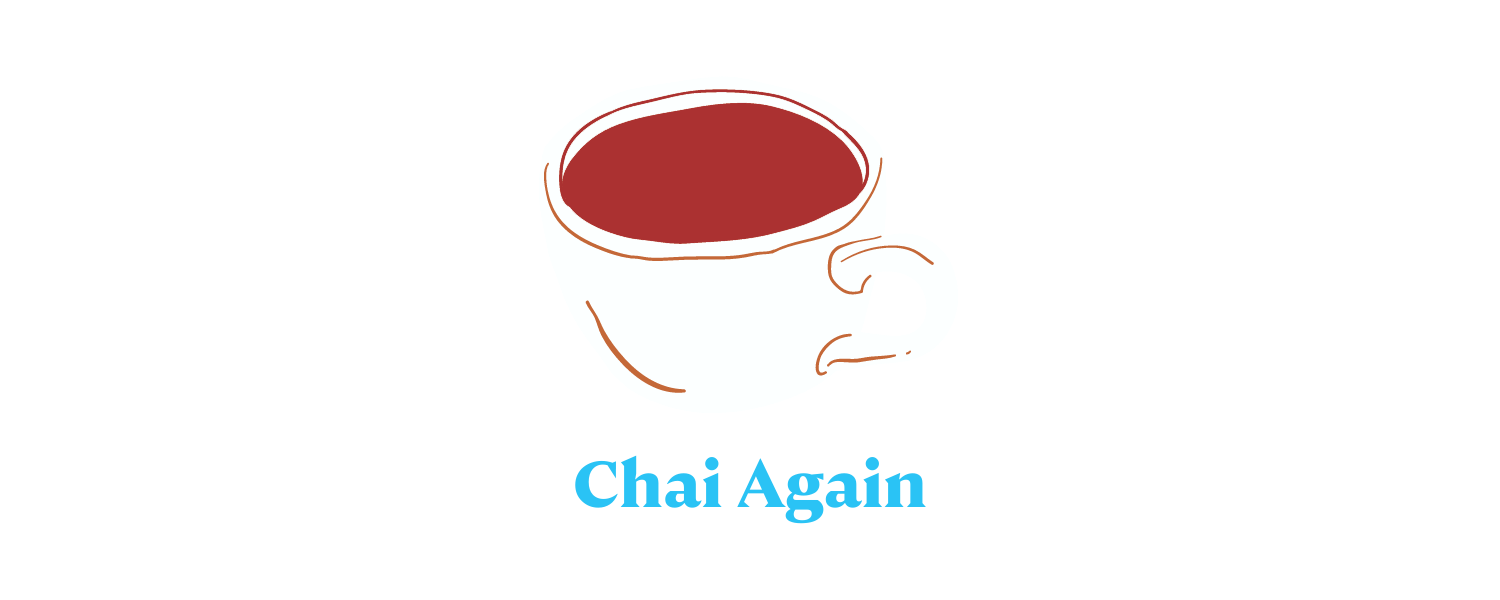Fact Check: Biden's student loan forgiveness plan and its impact on middle-class Americans
While some upper-middle-class folks will receive student debt relief through President Biden’s student loan forgiveness plan, 75% of the relief will go toward middle-class and lower-income borrowers.
On August 26, 2022, the American Action Network, a conservative media/policy organization, released a TV ad in which blue-collar workers are portrayed supporting President Biden’s Student Loan Forgiveness Plan by pretending to be happy that they will have to work more so that their tax dollars can pay for forgiving other people’s debt. Calvin Moore, a spokesperson for the Network, referred to the 2020 Census data when pointing out that the average American makes $67,521 a year. He noted that the loan forgiveness program allows a married couple who makes $250,000 jointly to write off $10,000 of student loan debt, per family member, $20,00 if both have a student loan. He concludes by saying the plan benefits families with incomes four times higher than the average American worker.
However, in an independent assessment, the University of Pennsylvania’s Penn Wharton Budget Model estimates that 75% of the debt relief will go to households making less than $88,000 a year.
The student loan relief plan consists of three parts:
Debt Cancellation:
The Department of Education will provide up to $20,000 in debt cancellation for Pell Grant recipients. Single adults whose income is below $125,000 will qualify. Married couples whose income is under $250,000 will qualify.
The Department of Education will also provide $10,000 in debt cancellation to non-Pell Grant recipients. Single adults whose income is below $125,000 will qualify. Married couples whose income is below $250,000 will qualify.
Changing existing aspects of the Student Loan system:
The Department of Education is proposing a change in income-based repayment plans to protect low-income borrowers. The plan proposes to change the amount paid monthly towards the student loan to 5% of the borrower's discretionary income, a 50% reduction from the existing policy.
The plan outlines permanent changes to the existing Public Service Loan Forgiveness (PSLF) program to ensure that borrowers who have worked in public service such as a nonprofit, the military, or in federal, state, tribal, or local government receive appropriate credit toward loan forgiveness.
Protect future students and taxpayers:
By holding Universities accountable for keeping the cost of education reasonable.
Doubling the value of the Pell Grant so more students can benefit and making community college free.
The Student Loan Payment Pause was also extended through December 31, 2022, giving enough time for folks to apply for and get debt cancellation before the moratorium ends.
ProCon.org, a non-partisan organization that provides pros and cons on popular issues lists 4 primary benefits of the Student Loan Forgiveness Plan.
Student loan forgiveness would help boost the economy by allowing borrowers to qualify for home loans or small business loans.
Student loan forgiveness can help address racial inequality. More Black students borrow more money than non-Black students due to lower family incomes, lack of generational wealth, and parental education.
Student debt has prevented a whole generation from moving on in life. Students in debt are unable to buy houses, get married, or afford to have and raise children.
Student debtors are denied bankruptcy protection. All other debtors including gambling debts qualify for bankruptcy protection but not student debt. This puts young people at a disadvantage and saddled with six-figure debts for decades.
This claim is Mostly False - while some higher-income borrowers will receive loan forgiveness as well, student debt relief will largely benefit lower-income and middle-class households.
References and Further Reading:
Procon.Org. Student Loan Debt Forgiveness & Elimination – Top 4 Pros and Cons. 28 September 2022
Tom Kertscher. Politifact. Most relief from Biden’s student loan forgiveness plan flows to lower-income borrowers, not higher. 31 August 2022.
University of Pennsylvania Penn Wharton Budget Model. The Biden Student Loan Forgiveness Plan: Budgetary Costs and Distributional Impact. 26 August 2022.
The White House. FACT SHEET: President Biden Announces Student Loan Relief for Borrowers Who Need It Most. 24 August 2022.


